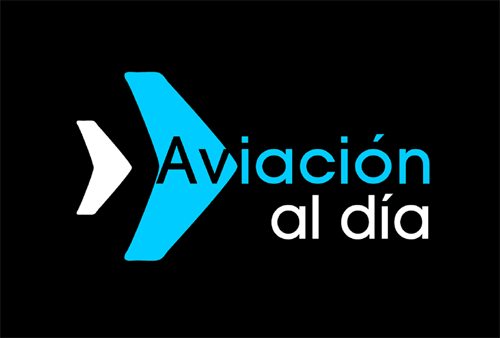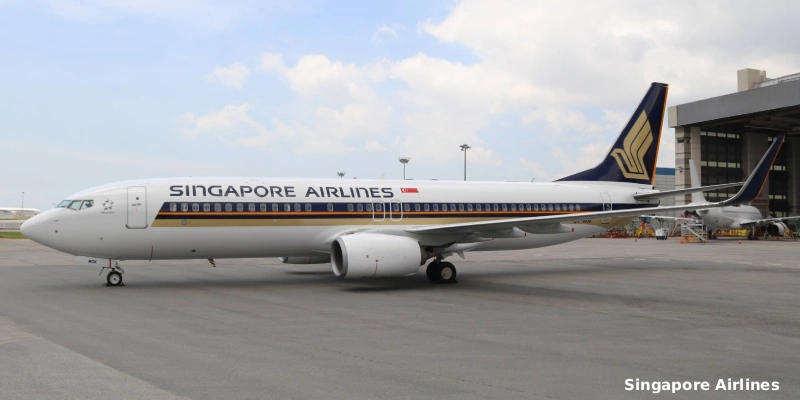Rolls Royce Holdings is increasingly optimistic that it can move beyond the jet-engine issues that have cost it billions of pounds and provided an unwelcome distraction during years of restructuring work.
See also: Airlines urged to tighten Airbus A320 checks after COVID storage.
Final fixes to a litany of glitches that have plagued the Trent 1000 turbine used on Boeing popular 787 Dreamliner should be made this year, engineering and technology director Simon Burr said in an interview. Blade cracks in the Trent XWB that powers Airbus rival A350 wide-body have turned out not to be a major concern, Bloomberg reported.
“After a difficult three or four years, I feel confident about the durability of the engines and the future,” Burr said at Rolls-Royce’s main manufacturing base in Derby, England. “We have learned a lot.”
See also: FAA slows Boeing 777X certification.
Issues with the Trent 1000 have been the biggest cash drain on Rolls, with the cost set to reach more than 2 billion pounds ($2.8 billion) through 2023. The U.K. firm has also lost market share to General Electric Co., which offers a rival 787 engine. Coming to grips with the problems would help the company draw a line under a saga that’s also soured relations with major customers like British Airways, leaving it in a better position to rebound from the coronavirus slump.
Dreamliner Fix
Chief Executive Officer Warren East said in February last year that the company had all but completed required design changes on the Trent 1000. The only work still outstanding involved improving the high-pressure turbine blades, which were deteriorating faster than expected.
Rolls-Royce is currently testing the high-pressure turbine, focusing on replicating the stresses bearing on the engine during ascent to cruising altitude, which Burr said is more exacting for a modern airliner than takeoff itself.
“The temperatures inside the engines stay very high during the climb so we have changed the way we test,” he said. “The test cycle is now longer to reflect climb conditions. We are very pleased with the results so far.”
Engines are being subjected to 500 simulated flights and will be checked again after 1,000 and then 2,000 trips to “give us absolute confidence in the fixes.”
Since the tests involve durability and regulatory and certification tests have already been completed, no further sign-off will be required from the European Union Aviation Safety Agency, a Rolls spokeswoman said.
The company will carry the fixes through to the Trent 7000 engine that powers Airbus A330neo aircraft and is based on the Trent 1000.
A350 Engines
Problems with the XWB used on the A350 were disclosed last August, stirring further concerns about the durability of Rolls engines. The questions were particularly acute since the enginemaker’s finances were dealt a severe blow by the grounding of flights after the Covid-19 outbreak.
Burr said there have been no in-flight incidents with the XWB, and that the scope of the problem afflicting compressor blades on engines in service for four or five years hasn’t spiraled. A fix is set to be tested later this month.
Photo: Kurush Pawar/Wikimedia
Related Topics
Singapore Airlines Bids Farewell to Its Final Boeing 737-800 This Week
Boeing Receives FAA Authorization to Increase 737 MAX Production to 42 Aircraft per Month
Virgin Atlantic Selects Boeing to Enable High-Speed Wi-Fi Across Its 787 Fleet
Boeing Receives European Union Approval for Spirit AeroSystems Acquisition

Plataforma Informativa de Aviación Comercial con 13 años de trayectoria.




